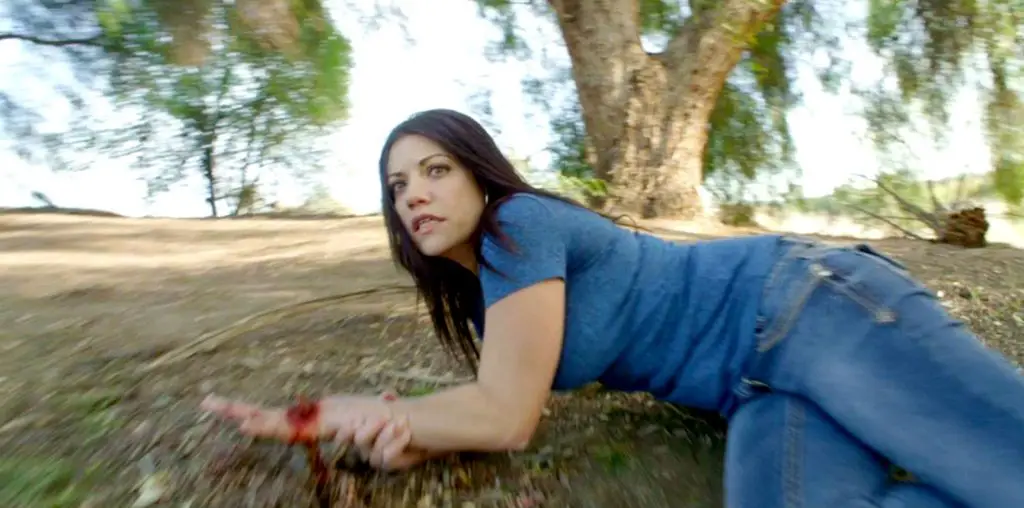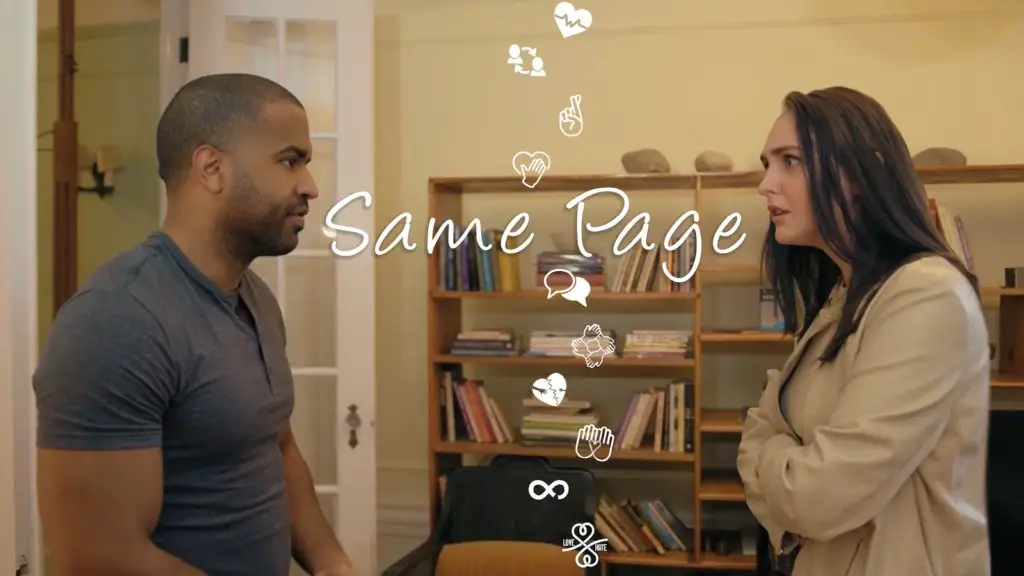
A minute or two after the end credits started rolling at an afternoon matinee of Finding Nemo, a voice, gruff and deep, suddenly sounded from the rear of the theater.
“Willem Dafoe was in Finding Nemo?” barked the voice, as Willem Dafoe’s name scrolled merrily up the screen. “Who the hell was Willem Dafoe?” Well, it says it right there, Bozo. Right there on the screen.
Willem Dafoe was Gill.
Gill is the hard-living, seriously scarred, escape-obsessed Moorish Idol fish whom the titular Nemo meets in the fish tank of an Australian dentist. But the point is not to dwell on which fish Dafoe lent his voice to. The point is that in a film that could easily become the most popular and financially successful of the year, a film millions of people have seen and watched Disney channel mini-documentaries about, almost no one knows that Willem Dafoe is even associated.
Ever since the release of this latest computer-generated spectacle from Pixar Animation Studios, the media and the critics have been focusing on the film’s groundbreaking visuals, on the miraculous voice work of actors Ellen DeGeneres and Albert Brooks, even on the fact that most of the animators became certified scuba divers while working on the film. It’s surprising how little press has been given to Dafoe, the guy who’s nailed down solid performances in everything from “Platoon,” “The Last Temptation of Christ,” “Shadow of a Vampire” and “Wild at Heart” to “The English Patient,” Spider-Man and Auto Focus. He was kinda scary in all of those, even when playing Jesus of Nazareth, so at the very least you’d think that the weird factor – Willem Dafoe is in a cartoon! – would be enough to garner some attention. Alas, this may be the only Finding Nemo/Willem Dafoe interview you’ll read this summer.
I met him at Pixar Studios, in Emeryville, California, just before the film’s release in May. He seemed to be enjoying himself, racing a youthful Alexander Gould (the voice of Nemo), each on scooters, across the Pixar campus’s spacious ground floor courtyard, but when it came time to talk about the film, he was characteristically serious. After explaining that he’d never heard of a Moorish idol until Pixar asked him to play one, Dafoe described the actorly process of becoming a fish.
“In the end, the actual process is odd, it’s abstract,” he explains, leaning forward across the table, gesturing gently with both hands to make the point that doing voices is a hard thing to describe. “You’re recording a line at a time,” Dafoe says, “You’re not doing it with other actors, you really jump around, so you don’t get the rhythm you would normally get from doing a scene in a live action film. It really requires a certain kind of special commitment to finding variations in the lines, and giving the director good material to work with, and the director – pardon the pun – he’s really going fishing. He doesn’t know exactly what he needs. He’s got a calculated idea, but it’s always evolving, everything is ‘conditional contemporary,’ because over the process – and I went in six or seven times to do recording sessions – each time the material was different. It’s a challenge, so my job was really to keep myself rooted in some kind of reality.”
“For example?” I ask.
“Well, with my fish,” Dafoe says, “he’s sort of orchestrating this escape plan. So there’s something practical about him. So basically, you’re guided by visualizing the tension of trying to hatch this escape plan.” That said, Dafoe admits he did not do much research into how to play a fish, and was not all that compelled to develop a back story for crusty old Gill.
“I don’t even do that in a live action movie,” he chuckles.
“Of course,” I point out, “Gill does have a back story that’s implied in all of his scars.”
“It’s true, but how he got those scars wasn’t always clear,” Dafoe replies. “When we first started out, when they first told me about Gill – and this was a cool thing, that I initially thought was too bad that we lost – but they told me that Gill only said he was from the ocean. But he wasn’t. He was from the pet shop. So that sort of colored the escape plans, because it made it even more irresponsible and kind of riskier. He was risking Nemo a little bit more. Eventually, though, as the story evolved, they decided that he really did come from the ocean. So you see, it’s kind of interesting to see how it all changes.”
Dafoe says he enjoyed the experience of working with the Pixar people, and would do it again if asked. As for playing a supporting role to a clown fish and a forgetful Blue Tang – not even playing the Shark that type casters would imagine him to play – Dafoe was happy to play any fish at all in a movie destined to be so huge a hit.
“I don’t want to delve too much into my own character, but . . . it’s a nice character. It’s got some complexity, and some colors to it. Gill’s sly, but he doesn’t have that much overt jokey stuff. He has to be the ballast to all the high jinx of the other misfits in the tank.”
“And he gets a happy ending,” I point out. “That’s surprising.”
“I was surprised by that too,” Dafoe grins. “I don’t usually get happy endings in my movies.”
Get the rest of the interview in part two of WILLEM DAFOE: THE AGE OF AQUARIUM>>>


